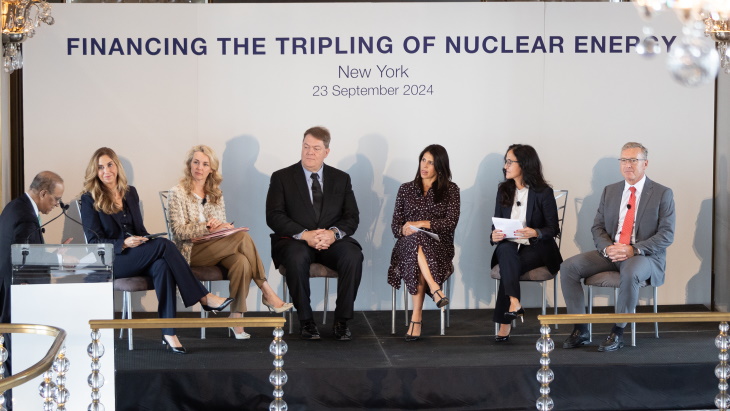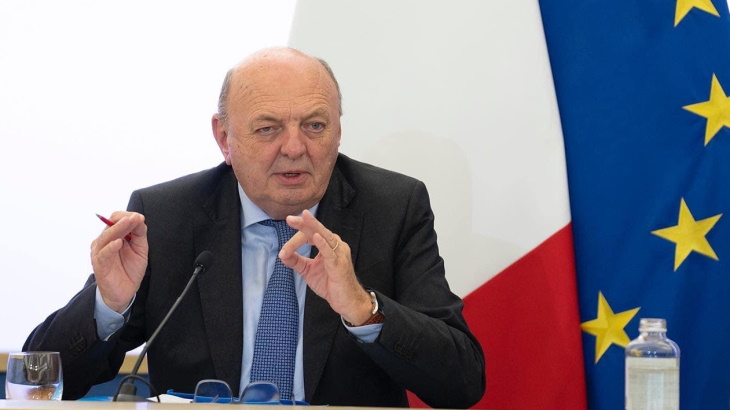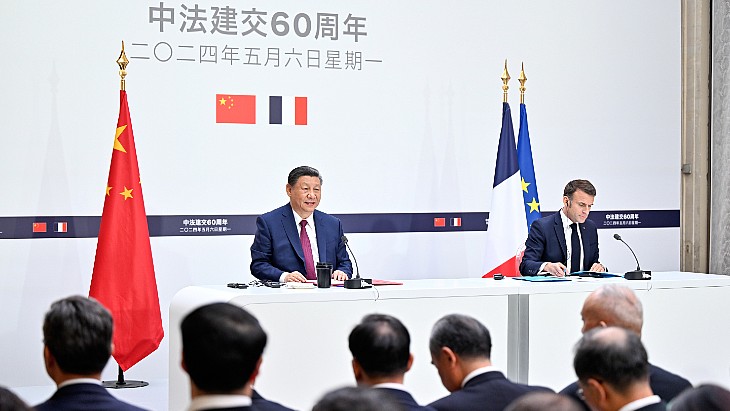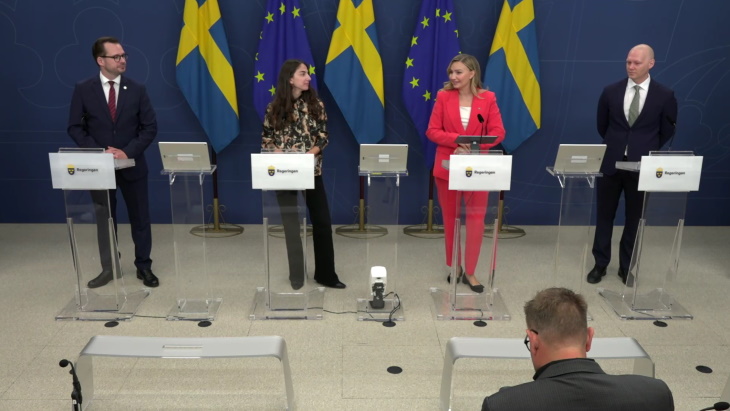Policymakers should act now on nuclear, urges new report

Nuclear energy provides nearly one-third of the world's non-emitting electricity and complementing and enabling other clean energy sources, including renewables. Recognising this current and future potential for nuclear energy, the NICE Future initiative was launched in 2018 at the 9th CEM, which was held in Copenhagen, Denmark.
The new report - The Flexible Nuclear Energy for Clean Energy Systems - has been published ahead of the 11th CEM, which takes place on 22 September and is being hosted this year by Saudi Arabia. It provides a collection of technical analyses that, in the aggregate, demonstrate the current and potential future roles for nuclear energy in providing flexibility in meeting energy demands.
For the purposes of the report, flexibility is defined as: the ability of nuclear energy generation to economically provide energy services at the time and location they are needed by end-users. These energy services can include both electric and non-electric applications utilising both traditional and advanced nuclear power plants and integrated systems.
The report recommends that:
- Governments promote clean energy and encourage more collaboration between nuclear energy and renewable energy experts and stakeholders that go beyond energy ministries to reach across all relevant agencies that address clean energy technologies and opportunities, with the assignment to work together to create clean energy systems.
- Policymakers develop ambitious and achievable strategies for energy transitions and innovation, climate change, power, heat, industry, and transport. Invest effort and resources, including in improved market designs and incentives that can foster healthy competition, encourage efficiencies, and better realise the untapped potential of the full range of options available. As countries look to design economic recovery measures that can reduce emissions while creating jobs and bolstering our economies, they should seek to recognise and evaluate the various opportunities of flexible nuclear technologies to form part of the solution.
- Climate and energy modellers broaden the range of emissions reduction pathways through the inclusion of a broader set of technology options. Having more options both alleviates pressure elsewhere in the system and creates new opportunities. Mapping realistic, achievable pathways to significantly reduce emissions while ensuring economic growth is a crucial part of mobilizing investors, supply chains, policymakers, and the public for success.
- Analysts and technologists focus on emissions reductions to address and act upon the gaps in the literature, where alternative pathways are either drastically under-represented or entirely omitted from the range of clean energy options, including the roles flexible nuclear energy can play alongside renewables to drive down costs and emissions across the whole energy system.
- Investors consider a portfolio approach to clean energy investments spread across a range of technology options in order to reduce exposure to risk. Consistent, technology-inclusive access to finance is vital to realising this objective.
- Business leaders help create markets for the cleaner energy technologies currently under development and invest in demonstrating these technologies so that those markets might be fully realized, resulting in economies of scale and market-driven emissions reductions.










_88592.jpg)

